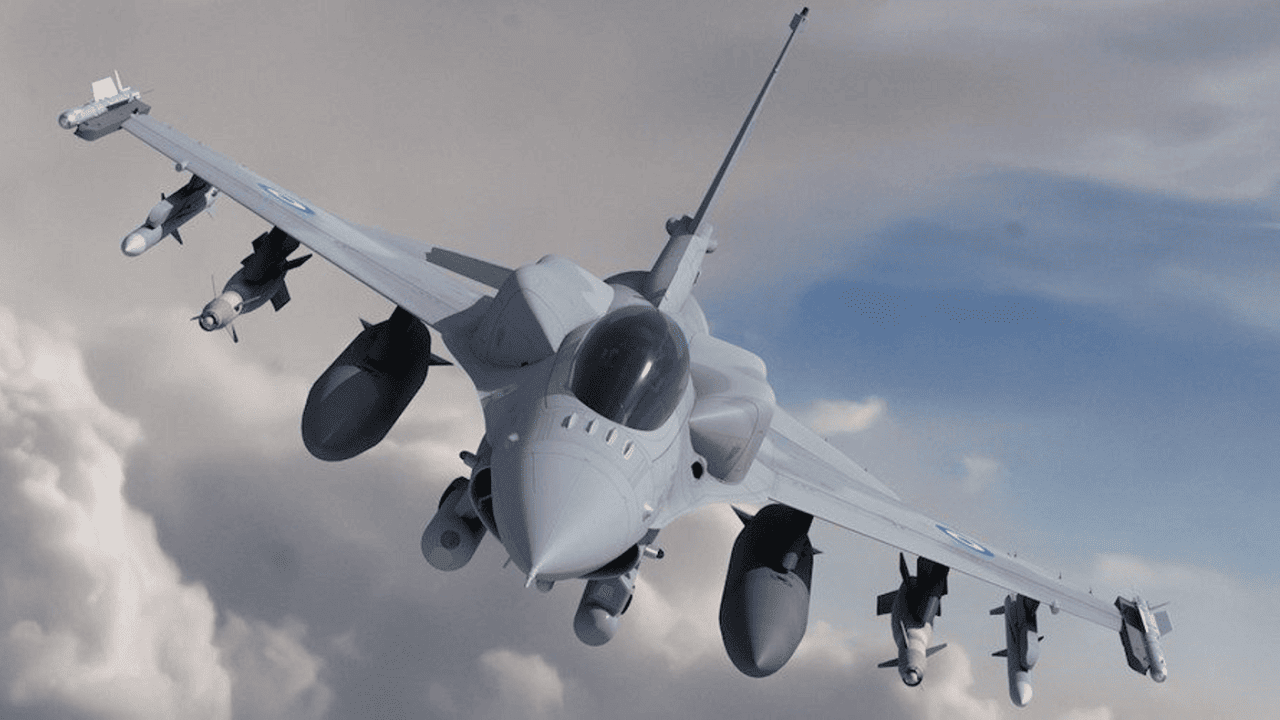For more than a year, Ukrainian president Volodymyr Zelensky frequently pressed the U.S. and its NATO allies to allow his troops to train on and fly the F-16 Fighting Falcon.
While these Western nations had provided billions of dollars’ worth of military aid to support Kyiv’s defensive efforts since the onset of the invasion, the Biden administration had initially refused to deliver fourth-generation fighter jets to the frontlines.
During the G7 summit in Japan earlier this summer, however, this policy shifted.
Shortly after the White House gave its allies the green light to provide these fighter jets to Kyiv, Ukraine’s long-anticipated counteroffensive was officially launched.
So, why haven’t these formidable airframes entered the conflict yet?
How many F-16s will Kyiv receive down the line?
As of now, Denmark is set to deliver 19 F-16s through 2025. Danish Prime Minister Mette Frederiksen revealed that its armed forces would begin training a handful of Ukrainian pilots in flying the jets. Zelensky praised Denmark’s decision to help Kyiv become “invincible,” and soon five other nations also stepped up and agreed to send over roughly 60 jets total or provide training for Ukraine’s pilots. Although Kyiv has suggested ratherambitious timelines surrounding when exactly its pilots could fly these jets, many analysts expect the training process to take much longer. In the past, Ukraine’s Defense Minister Oleksii Reznikov claimed his pilots could learn to fly the F-16 in a span of six or seven months, however, several obstacles could extend this timeline.
Arguments for and against F-16 deliveries
Ukrainian pilots currently fly the Soviet-era MiG-29 fighter jet, which has a much different layout than the American fourth-generation platform. In addition to learning how to properly fly the Fighting Falcon, pilots would also need to learn how to operate Western weapon systems, including Advanced Medium-Range Air-to-Air Missiles (AMRAAMS). To make matters more complicated, Zelensky has claimed that only 30 or so pilots have the English language proficiency needed to pilot the airframes.
When Biden first changed course on America’s F-16 policy for Ukraine, many industry experts and analysts spoke against the decision, concerned that these jets could easily become “sitting ducks” for Russia’s missiles. In fact, these airframes have never gone up against Russia’s air defenses in real combat. Furthermore, these fourth-generation fighters may have a tough time surpassing Moscow’s more advanced systems like the S-300. As outlined in a House Armed Services Committee meeting earlier this year, Rep. Adam Smith said the F-16 is “not the right system” to send to Ukraine because it would “face of a ton of air defense.”
On the other hand, proponents of the F-16 delivery believe the platform’s versatility and modern capabilities will aid Kyiv’s ongoing counteroffensive. While Ukraine’s mission to recapture territory has gone slower than expected, its forces have made some critical progress in recent days.
Perhaps the White House will offer up F-16s from America’s own stockpiles, a position that the Biden administration has yet to take. So far, the U.S. has announced that it would train pilots at air bases in Arizona and Texas beginning next month.
Maya Carlin, a Senior Editor for 19FortyFive, is an analyst with the Center for Security Policy and a former Anna Sobol Levy Fellow at IDC Herzliya in Israel. She has by-lines in many publications, including The National Interest, Jerusalem Post, and Times of Israel. You can follow her on Twitter: @MayaCarlin.
From the Vault
The Navy Sent 4 Battleships To Attack North Korea
‘Sir, We Hit a Russian Submarine’: A U.S. Navy Sub Collided with a Nuclear Attack Sub

